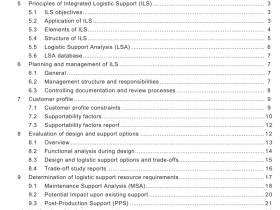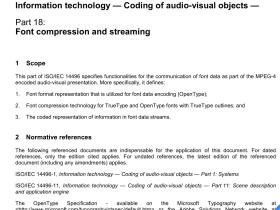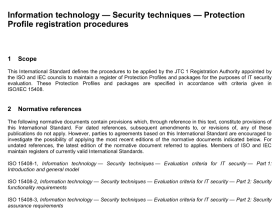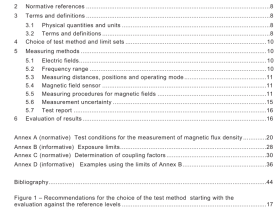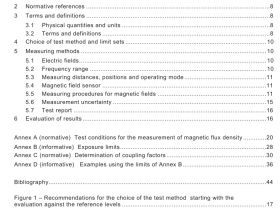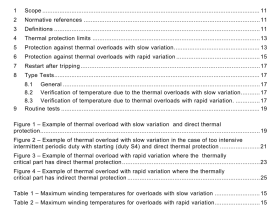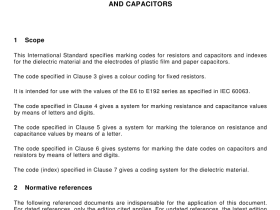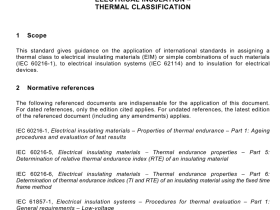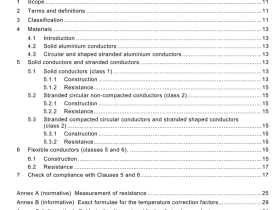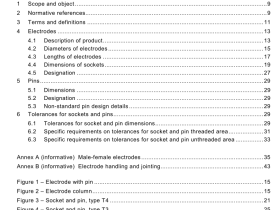ISO IEC 15963 pdf download
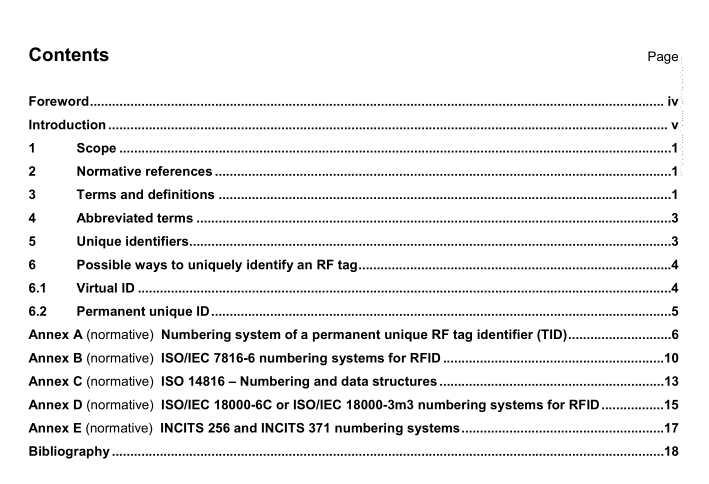
ISO IEC 15963 pdf download Information technology — Radio frequency identification for item management — Unique identification for RF tags
Global uniqueness requires a central body (registration authority) to either assign manufacturer identities or to assign unique identities to various agencies that in turn assign manufacturer identities. Manufacturers then assign unique identification to the chip, tag, or item. This standard serves as the central body for assignment of unique identifiers to RF tags. This standard assigns various Allocation Classes to various agencies that issue manufacturer codes. Some tags only have identity down to a specific lot, batch, or mask identifier.
Other tags, and as recommended by this standard, are serialized so that all RF tags are globally unique from all other RF tags. The combination of globally unique serialized tag (TID) programmed and locked at the time of manufacturer, with the unique item identifier (UII) programmed when attached or associated with a specific item and trusted trading partner communications are the cornerstones of several anti-counterfeiting techniques used within the supply chain.
For anti-collision, inventorying, reading from, and writing to an RF tag, techniques exist to utilize the TID, UII, or a randomly generated number. Neither the UII nor the randomly generated number provide life-cycle traceability for the RF tag. A TID does provide for such traceability 6 Possible ways to uniquely identify an RF tag When a unique identification of an RF tag is required, it can be done in several ways. The following subclauses list and explain some of them.
6.1 Virtual ID A virtual tag ID is a temporary ID based on tag parameters that may vary over the life of the tag. It may take several forms. A virtual ID is also known as a logical ID or a session ID. Several tags could have the same virtual ID at different times, but all tags at the same time for the same interrogator should have a different virtual ID, allowing an unambiguous identification of each tag at any time relative to any given interrogator. The technical means to achieve and guarantee such uniqueness is outside of the scope of this International Standard. However clauses 6.1.1, 6.1.2, and 6.1.3 discuss possible approaches.
6.1.1 Data as a unique ID Data is a possible way to implement a virtual ID where the tag contains data that when read is unique in time and location to a single tag. An example is a tag that contains date and time information. The time information can be unique to a single tag from a manufacturer, but is not guaranteed to be unique over all tags at all times. Another situation is a closed application where tag data describes only one set of information.
Taken globally, the tag bit pattern might be repeated, but in a closed application the tag data uniquely identifies a single tag.
6.1.2 Time as a unique ID Time is a possible way to implement a virtual ID where bit patterns alone do not necessarily identify a single tag unambiguously. Tag response time slot can be part of a uniquely identifying parameter set. For example, some tags use time slots to differentiate between several tags appearing to a reader at the same time. If these time slots are fixed for a single interrogation exchange, then the time slot may be used to help define a single tag at a particular time.
NOTE If the time slots are randomly defined each time a tag responds, then time slots are not suitable for determining a unique tag ID.
